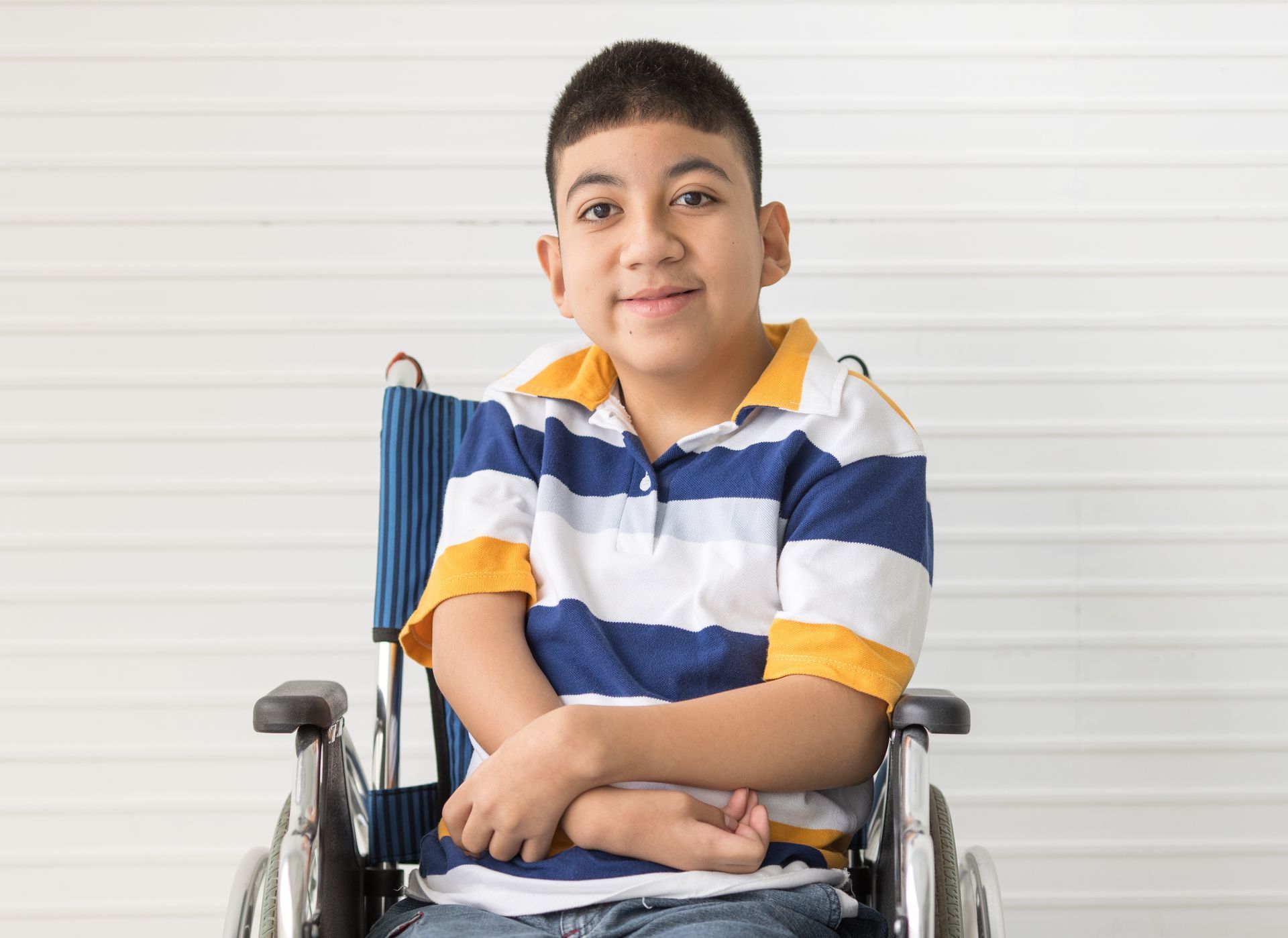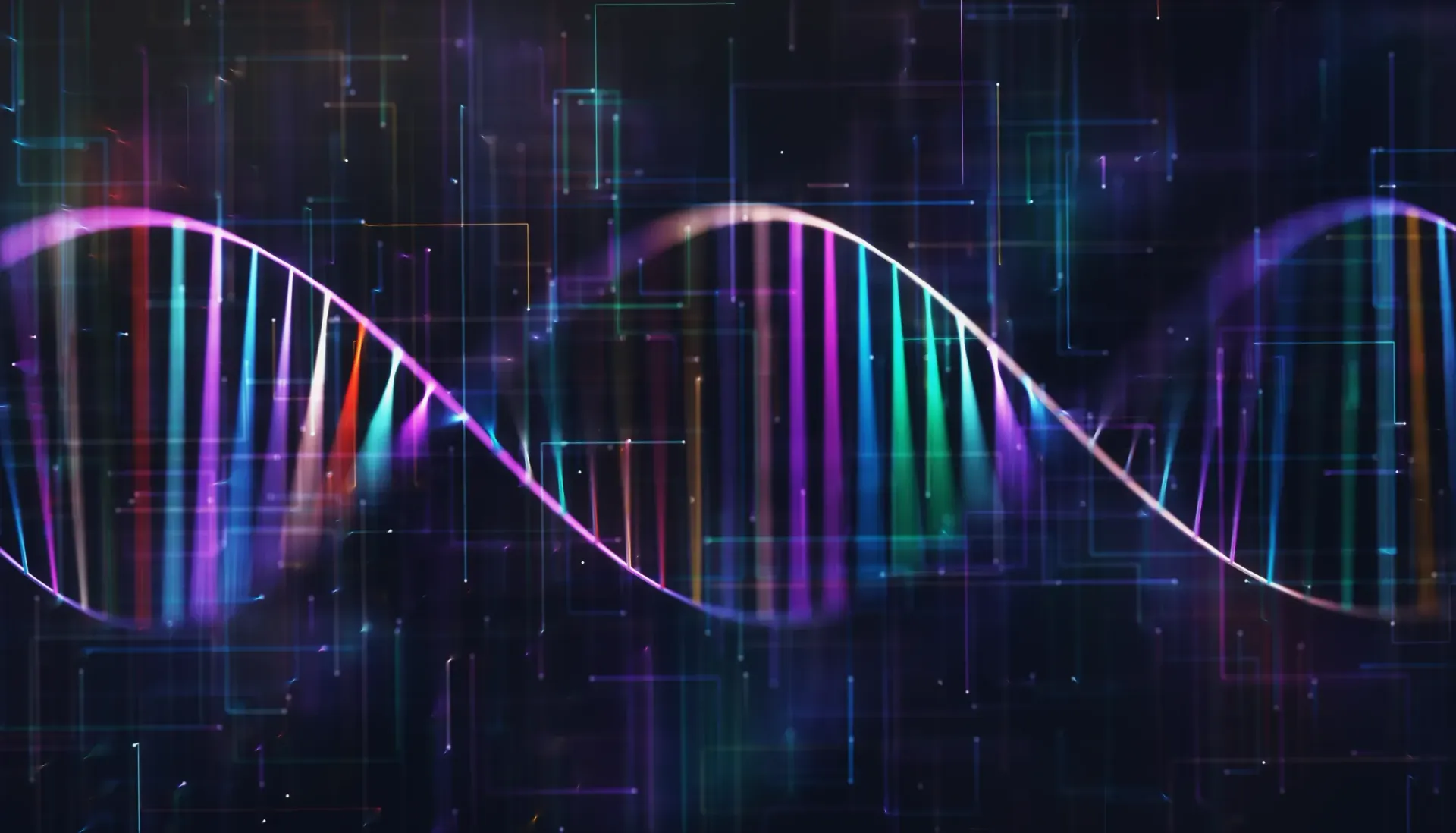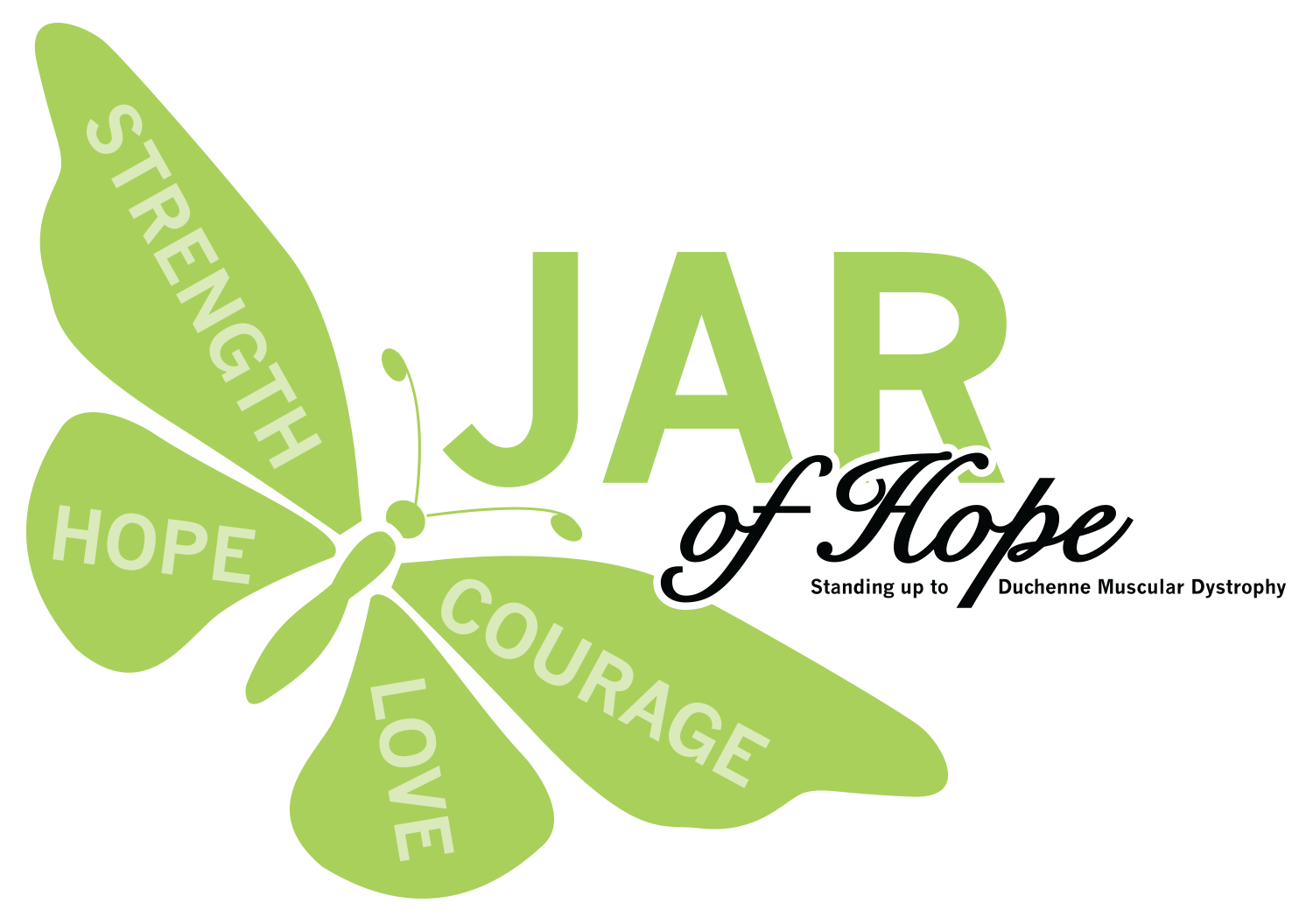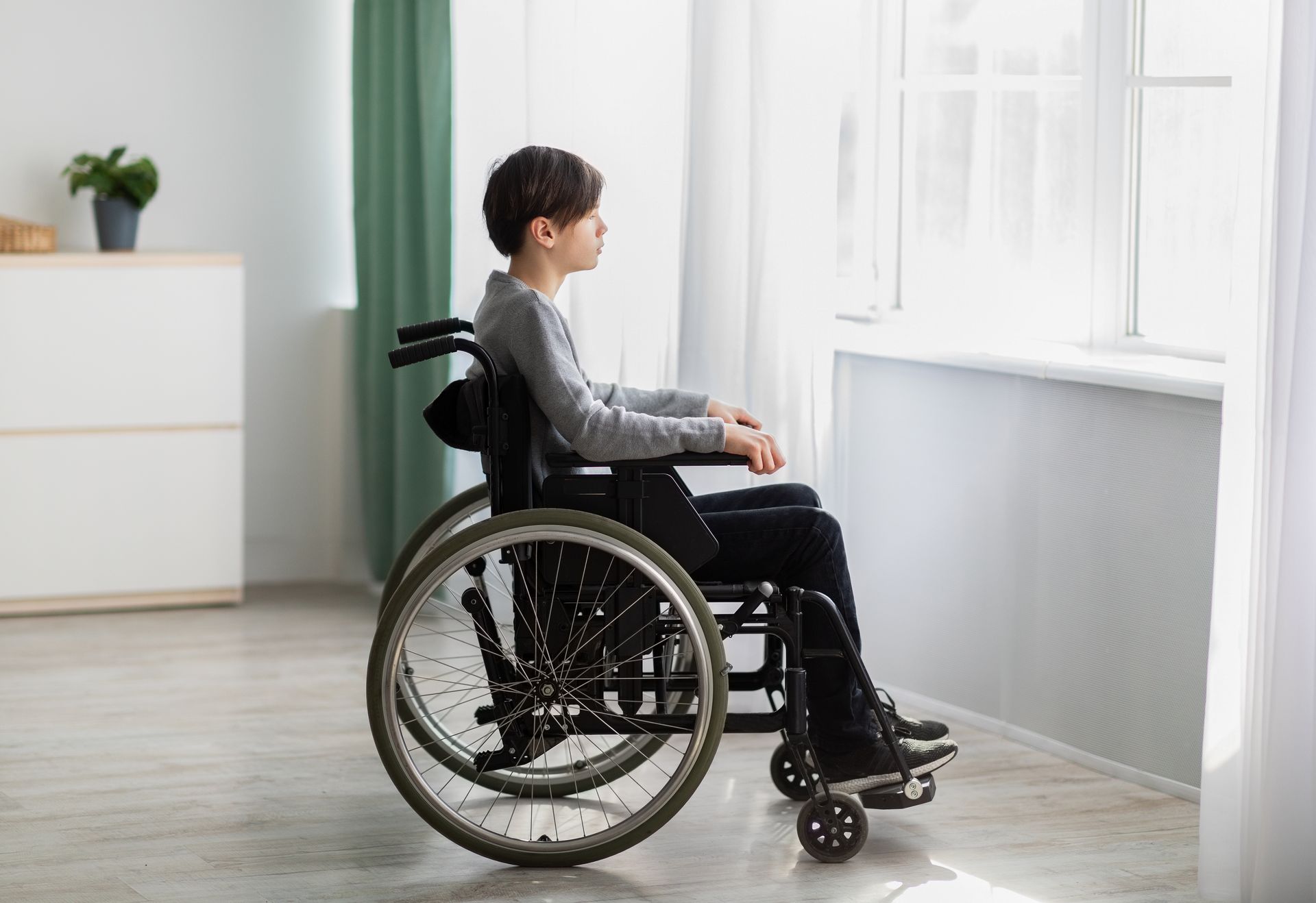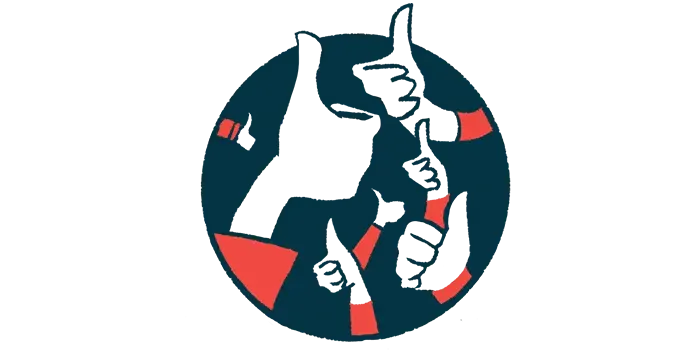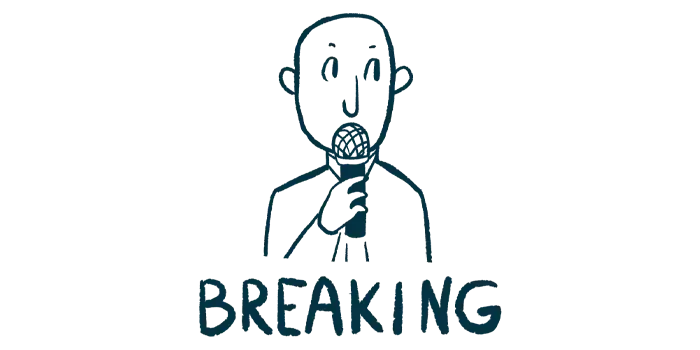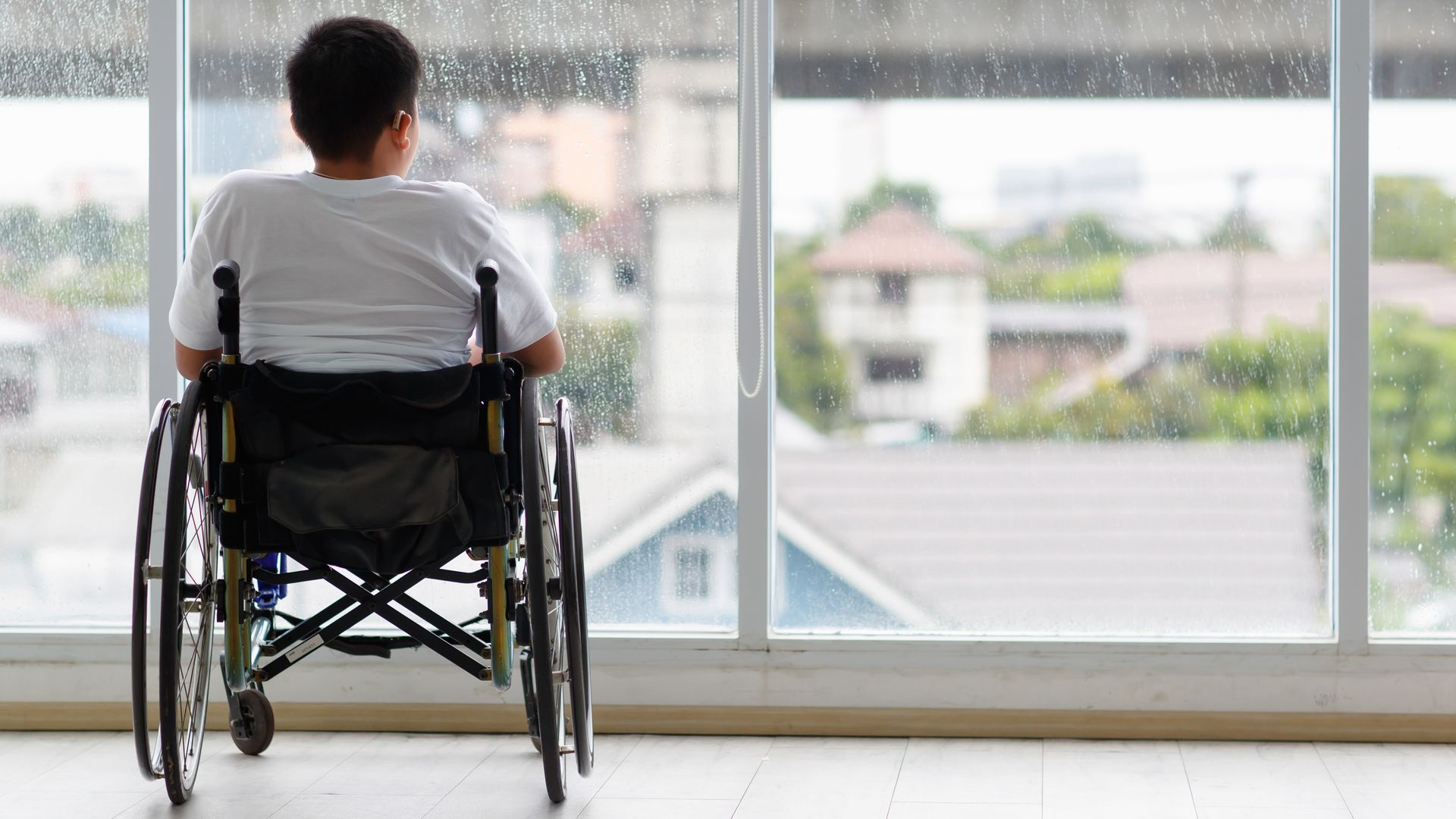July 31, 2025
🧬 What Happened FDA Request: On July 18, the FDA informally asked Sarepta to voluntarily halt all U.S. shipments of its Duchenne DMD gene therapy, Elevidys—a move driven by safety concerns after three patient deaths due to acute liver failure. This included two fatalities in teenage Duchenne patients treated with Elevidys and a third in an adult patient from a different Sarepta gene therapy trial . Initial Pushback: Sarepta initially resisted, stating there were no new safety concerns for ambulatory patients (those who can walk), and maintained shipments for that group. They had previously paused shipments for non-ambulatory patients earlier in the year after two deaths . Reversal and Pause: On July 21–22, Sarepta reversed course and voluntarily paused all shipments in the U.S. by end of business Tuesday, July 22, 2025, to cooperate with the FDA, respond to inquiries, and complete a revised safety labeling for Elevidys . --- 📌 Why It Matters Safety Labeling Update: The pause allows Sarepta and the FDA time to add a stricter warning (including a new black-box liver-risk warning) and possibly implement a Risk Evaluation and Mitigation Strategy (REMS) for monitoring liver safety . Regulatory Relations: CEO Doug Ingram labeled the decision “painful,” but necessary for maintaining a collaborative and constructive relationship with the FDA . Market Impact: Sarepta’s stock plunged, falling as much as 8–5% on the news, and is down nearly 90% year to date. Analysts warn that the pause and black-box warning could severely affect Elevidys uptake and 50–61% of Sarepta's revenue . --- 🔍 What’s Next Duration of Pause: The pause could extend 3–6 months while safety data is reviewed and label changes are finalized . Potential Outcomes: Resumption: Elevidys could return under new safety protocols/label. A REMS program may be required . Market Withdrawal: Analysts caution on the possibility of permanent withdrawal if FDA's safety concerns aren't resolved . Pipeline Impact: FDA has also placed a clinical hold on Sarepta’s other gene therapy trials (including for Limb-Girdle Muscular Dystrophy) and revoked platform tech designation due to the shared AAVrh74 viral vector . --- ✅ In Summary Key Takeaway Details Pause in effect All U.S. Elevidys shipments halted since end of business July 22 Why Safety concerns after 3 liver-related deaths from same viral vector Next steps Label update, FDA review, possible REMS; uncertain pause duration Risks Potential permanent withdrawal, impact on revenue, and pipeline delays
